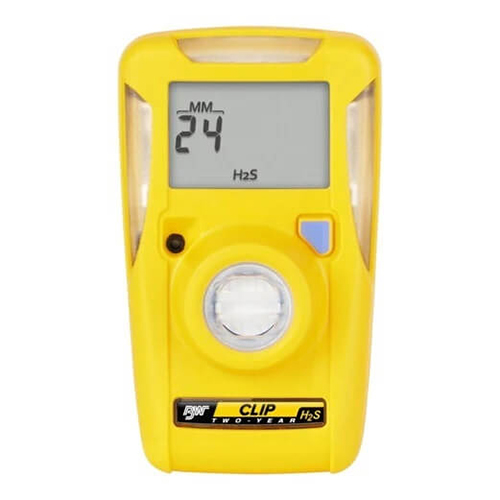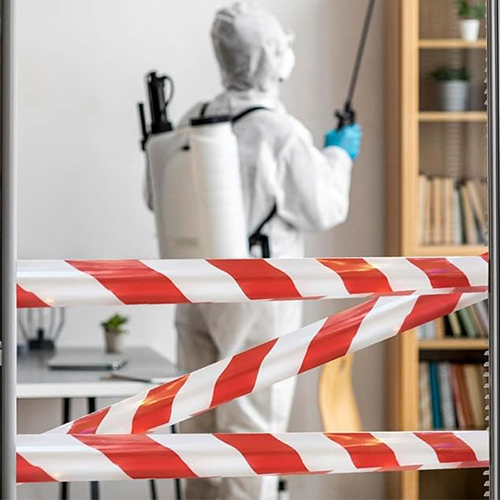Specifications:
- Technology: Utilizes various sensor technologies such as electrochemical, catalytic bead, infrared (IR), or photoionization to detect gases
- Gas Types: Capable of detecting a range of gases including carbon monoxide (CO), methane (CH4), hydrogen sulfide (H2S), oxygen (O2), and volatile organic compounds (VOCs)
- Detection Range: Typically offers detection ranges from parts per million (PPM) to percent by volume (% vol) depending on the gas type and application
- Features:
- Real-Time Monitoring: Provides continuous readings and instant alerts for hazardous gas levels
- Alarm Systems: Includes audible alarms, visual indicators, and vibration alerts for immediate notifications
- Calibration: Allows for calibration and maintenance to ensure accurate readings
- Portability: Available in handheld or portable models for ease of use in various settings
- Compliance: Meets industry safety standards such as ANSI, CSA, UL, and ATEX
Applications: Essential for use in workplaces like industrial plants, laboratories, mines, and confined spaces. Gas detectors help prevent accidents by providing early warnings of dangerous gas levels, ensuring compliance with safety regulations, and protecting the health and safety of workers.








